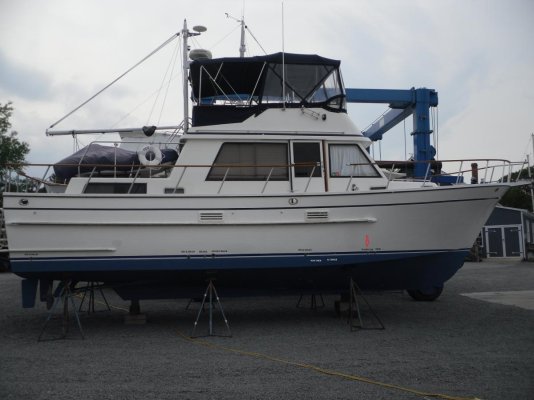O C Diver
Guru
- Joined
- Dec 16, 2010
- Messages
- 12,865
- Location
- USA
- Vessel Name
- Slow Hand
- Vessel Make
- Cherubini Independence 45
If your boat has a holding tank overboard pump, does the waste discharge above or below the water line? My boating experience is mostly with charter and commercial boats. Can't remember one with a below water discharge. I prefer to have fewer hull protrusions below the water line and am thinking about moving mine above the water but under the swim platform. It will still have a seacock and it's unlikely that I will ever use the overboard system, but then options are always good.
Ted
Ted


